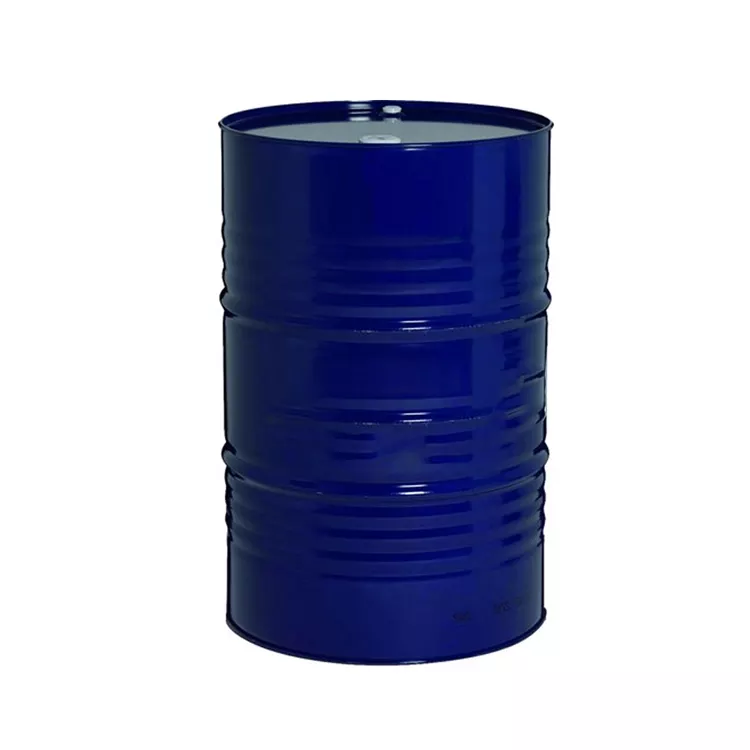Catalysts are substances that increase the rate of a chemical reaction without being consumed in the process. They play a crucial role in many chemical reactions by lowering the activation energy required for the reaction to occur. There are several types of catalysts, each with its own unique properties and applications. In this article, we will discuss the different types of catalysts and their uses.
-
Homogeneous Catalysts: Homogeneous catalysts are catalysts that exist in the same phase as the reactants. They are typically dissolved in the reaction mixture and interact with the reactants on a molecular level. Homogeneous catalysts are often used in industrial processes, such as the production of polymers and pharmaceuticals. Examples of homogeneous catalysts include acids, bases, and metal ions.
-
Heterogeneous Catalysts: Heterogeneous catalysts are catalysts that exist in a different phase than the reactants. They are typically solids that provide a surface for the reactants to interact with. Heterogeneous catalysts are widely used in the chemical industry for processes such as catalytic cracking, hydrogenation, and oxidation. Examples of heterogeneous catalysts include metals, metal oxides, and zeolites.
-
Enzymes: Enzymes are biological catalysts that speed up chemical reactions in living organisms. They are typically proteins that are highly specific to a particular reaction and can increase the reaction rate by a factor of 106 or more. Enzymes are essential for many biological processes, such as digestion, metabolism, and DNA replication.
-
Biocatalysts: Biocatalysts are catalysts that are derived from living organisms. They include enzymes, whole cells, and cell extracts. Biocatalysts are used in a variety of applications, including the production of food, pharmaceuticals, and biofuels.
-
Organocatalysts: Organocatalysts are organic molecules that act as catalysts. They are typically small molecules that contain functional groups that can interact with reactants. Organocatalysts are used in a variety of chemical reactions, including the synthesis of pharmaceuticals and fine chemicals.
-
Photocatalysts: Photocatalysts are catalysts that use light energy to initiate a chemical reaction. They are typically semiconductors that absorb light and generate electron-hole pairs, which can react with reactants to form products. Photocatalysts are used in a variety of applications, including water treatment, air purification, and energy conversion.
-
Electrocatalysts: Electrocatalysts are catalysts that use electrical energy to initiate a chemical reaction. They are typically metals or metal oxides that can transfer electrons between reactants and an electrode. Electrocatalysts are used in a variety of applications, including fuel cells, batteries, and electrolysis.


In conclusion, there are several types of catalysts, each with its own unique properties and applications. Homogeneous catalysts are dissolved in the reaction mixture, while heterogeneous catalysts provide a surface for reactants to interact with. Enzymes are biological catalysts that are essential for many biological processes, while biocatalysts are derived from living organisms and used in a variety of applications. Organocatalysts are organic molecules that act as catalysts, while photocatalysts and electrocatalysts use light and electrical energy, respectively, to initiate chemical reactions. Understanding the different types of catalysts and their properties is important in many fields, including chemistry, biology, and engineering, and has led to the development of many important technologies and processes.
Recommended Related Reading:
Dabco 2040 catalyst CAS1739-84-0 Evonik Germany
Dabco BL-11 catalyst CAS3033-62-3 Evonik Germany
Jeffcat ZF-10
https://www.bdmaee.net/tag/amine-catalyst-dabco-8154/
https://www.bdmaee.net/wp-content/uploads/2022/08/2-ethylhexanoic-acid-potassium-CAS-3164-85-0-Dabco-K-15.pdf
https://www.bdmaee.net/dabco-bl-11-catalyst-cas3033-62-3-evonik-germany/
https://www.bdmaee.net/polycat-9-catalyst-cas33329-35-6-evonik-germany-pdf/
https://www.bdmaee.net/pdf/Dabco%20NE300%20catalyst%20CAS10861-07-1%20Evonik%20Germany.pdf
https://www.bdmaee.net/dabco-1027-catalyst-cas100515-55-5-evonik-germany/
https://www.bdmaee.net/fomrez-ul-28-catalyst-dimethyltin-dioctadecanoate-momentive-2/



